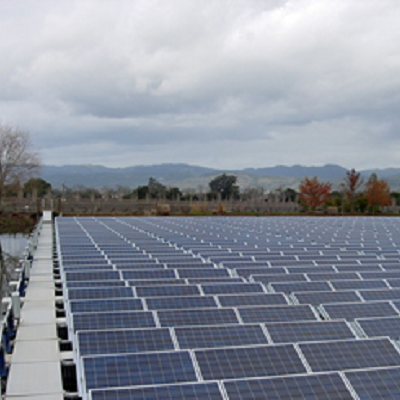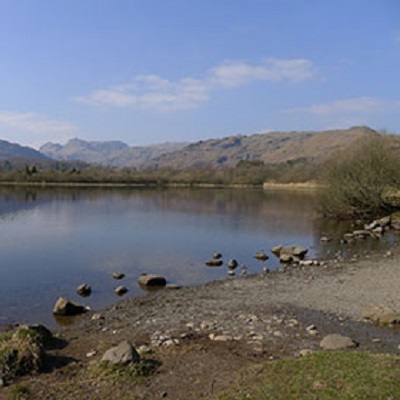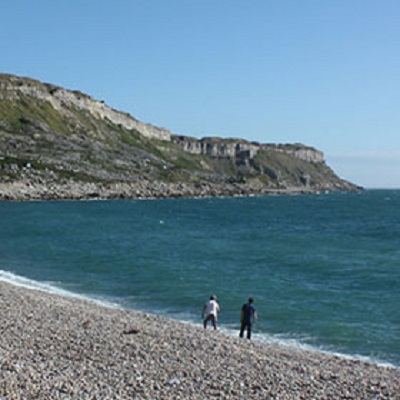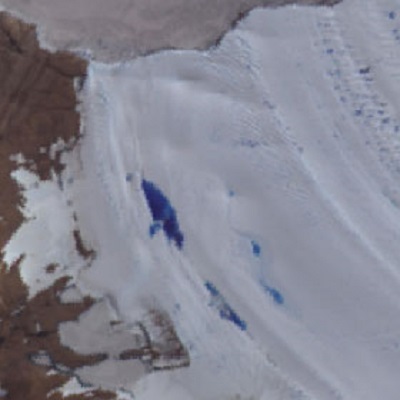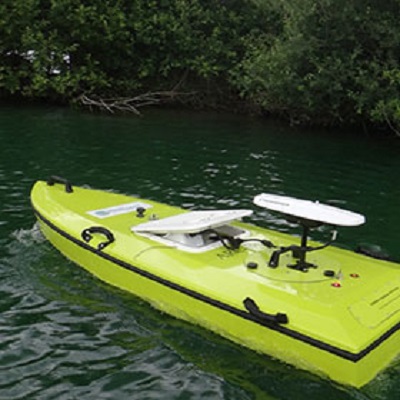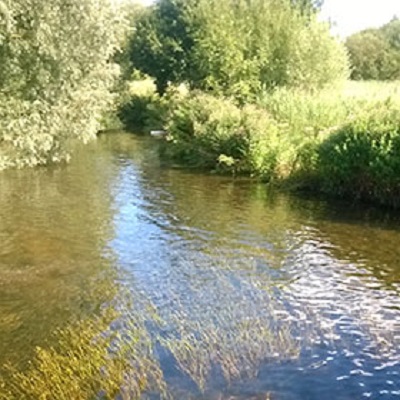By SolarWriter (Own work), cropped [CC BY-SA 3.0] What it’s about? Supplying sufficient energy to meet rising demands whilst transitioning to low carbon sources to avoid dangerous climate change is a global grand challenge. Solar photovoltaics (PV), deployed in various ways, will significantly contribute to future low carbon energy supply. Floating solar, or floatovoltaics, is […]
Read More
There is a growing interest in linking hydrogeological and geomechanical models to improve understanding of hydrological processes triggering landslides, but progress has been limited by an inability to provide high spatial and temporal resolution input data on the physical properties of the subsurface (e.g. strength, materials, composition) and changes associated with hydraulic processes (e.g. pore […]
Read More
The deterioration in water quality across the world over recent decades as a result of nutrient pollution is now a huge environmental problem. The need to restore the water quality of lakes is stimulating the use of a range of remediation techniques. This PhD will take advantage of a unique natural experiment in which pollution […]
Read More
Air bubbles trapped in the ice of the Earth’s cold regions provide a unique, fascinating and long term record of atmospheric composition. Ice-core records of reactive gases are a relatively recent innovation, and potentially offer constraints on aspects of the past ~10000 years where there is little consensus (or investigation) with climate models. In this […]
Read More
Sea-level rise and enhanced storminess, driven by climate change, is greatly increasing coastal vulnerability and the impacts of coastal recession worldwide. Although coastal cliffs provide valuable natural protection, they also present rockfall and landslide hazards; thus, understanding the processes involved in coastal recession is vital in order to implement appropriate sustainable management strategies to carefully […]
Read More
Every summer, the Greenland and Antarctic ice sheets develop a rash of supraglacial lakes around their edges. When they grow large enough, the water they contain can drain into the ice beneath which can either lubricate flow on grounded ice or structurally weaken floating ice shelves. Both of these impacts can lead to increased ice […]
Read More
Many freshwater fisheries of ecological and economic importance are in decline, while populations of piscivorous (fish-eating) birds such as goosanders and cormorants are increasing. This has led to growing pressure from the angling community to control numbers of these birds, and it also poses a challenge to the designation and management of protected riverine areas […]
Read More
Deforestation is a major global driver of soil carbon loss. Soil carbon is central to ecosystem functioning including the regulation of climate change, and quantifying the effects of deforestation on soil carbon stocks has been a major research focus. How soil carbon stocks respond to forest planting is less well quantified but nonetheless crucial. Although […]
Read More
Being able to accurately quantify the transport of fine sediment (sand particles and finer) in rivers is hugely important for many reasons, for example because it is a major mode of pollution transport, it affects in-stream habitats and biodiversity, the sustainability of infrastructure (e.g. flood defences), and it can increase flood risk. At present the […]
Read More
This project will address the controversial and highly topical question of how we ensure that rivers do as good a job as possible of transporting water and thus reducing flood risk, whilst at the same time maintaining them as ecologically-healthy, aesthetically-pleasing elements of the landscape. Central to solving this conundrum is the need to understand […]
Read More

